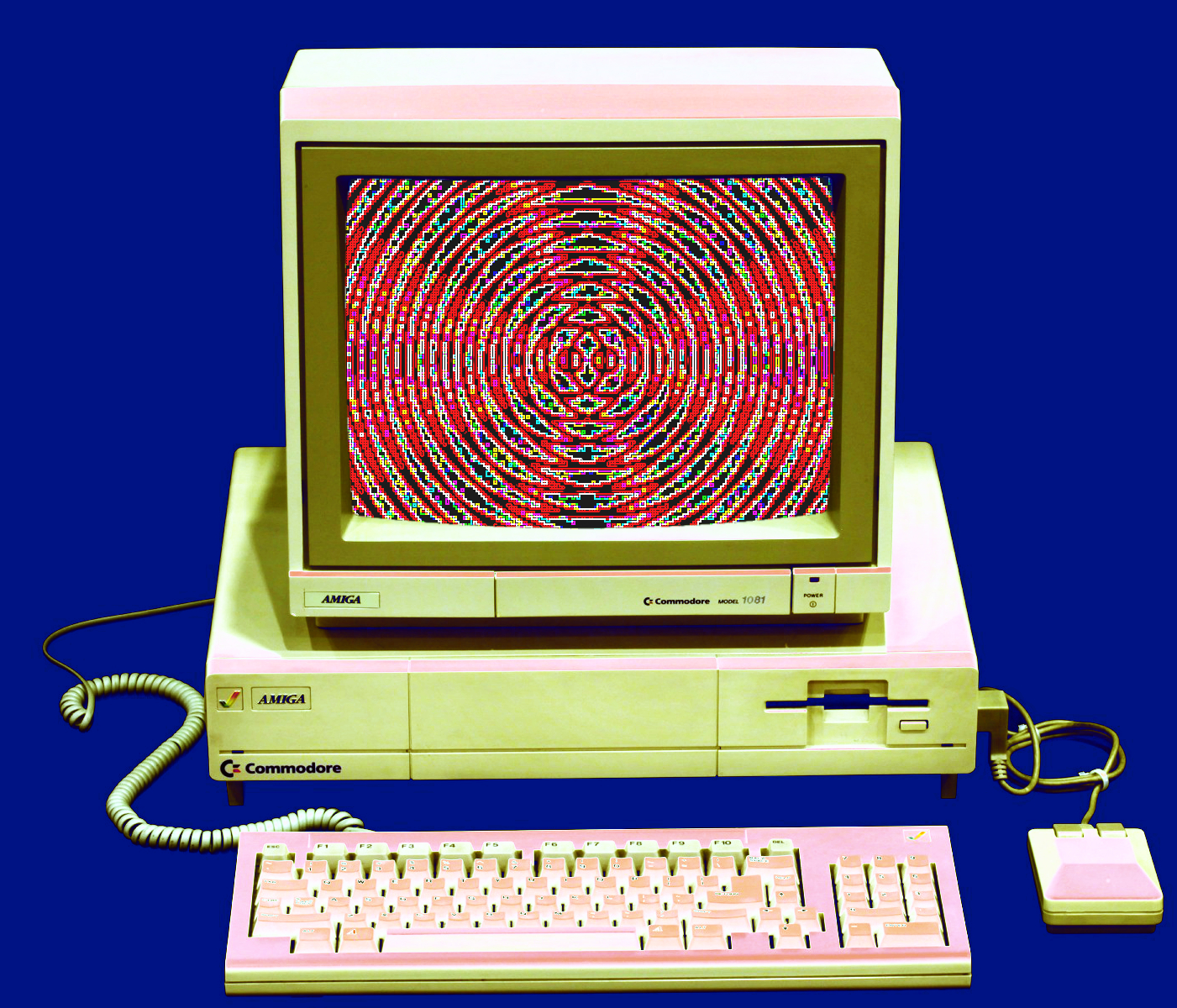New plans for quantum advance
 Australian physicists have made a theoretical breakthrough that could allow for enormous efficiency gains in quantum computing.
Australian physicists have made a theoretical breakthrough that could allow for enormous efficiency gains in quantum computing.
Efforts are underway around the world to create a practical quantum computer, but finding ways to do computations within an acceptable error threshold is a big technological problem.
The building blocks of quantum machines – quantum bits, or qubits – are prone to interference from their surrounding environments, leading them to decohere and lose their quantum properties.
Allowing for this through error correction is vital to the successful scale-up of quantum technologies.
University of Sydney physicists David Tuckett, Professor Stephen Bartlett and Associate Professor Steven Flammia say it could be possible to achieve a 400 per cent gain in the amount of interference noise a quantum computing system can sustain while retaining its fidelity.
“This is achieved by tailoring our quantum decoder to match the properties of the noise experienced by the qubits,” said Associate Professor Flammia.
“In that sense, we are ‘hacking’ the generally accepted coding for error correction,” Professor Bartlett said.
The research is published this week in the Physical Review Letters.
At present, the rule-of-thumb threshold for fidelity in a qubit architecture is about 1 per cent. This means at least 99 per cent of a system’s qubits need to retain information and coherence for relevant periods of time in order to do any useful computations.
This real-world threshold of 1 percent comes from a theoretical approach where ideal hardware should allow for 10.9 percent error threshold. The drop in tolerance comes from ‘noise’ in using real-world machines.
Assuming ideal hardware, the work of the Sydney quantum team has an error correction threshold of up to 43.7 per cent - a fourfold improvement on the current theoretical basis for error correction.
This means fewer physical qubits could be required for a single quantum logic gate – or basic quantum circuit – that can perform a useful calculation.
This new approach should be applicable in any quantum system – whether the qubits rely on superconductors, trapped ions, semiconductors, or topological structures (should they need them).
Experimental scientists now need to apply this ‘quantum hack’ to real-world systems to see how it flows through using ‘noisy’ hardware.







 Print
Print